The Cutts Compensator and the adoption of the Thompson SMG: A tale of Marine Corps corruption?
- By Travis Pike
Share This Article
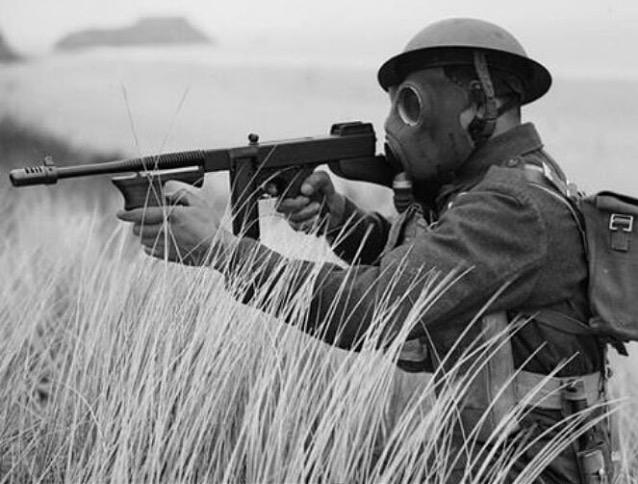
The gangsters of the Great Depression, the lawmen who chased bootleggers, and the troops who fought in World War II were some of the Thompson SMG’s famous users. Adopted as far back as the Banana Wars, the renowned weapon’s beginnings were tightly linked to the Cutts Compensators and Marine Corps Colonel Victor Bleasdale.
Bleasdale became a business partner of the father-and-son team of Richard Cutts Sr. and Richard Cutts Junior. Both of them Marine officers, the Cuttses had designed a device they described as a “climb arrester,” but we know it today as the Cutts Compensator.
A compensator is a device that sits at the end of a gun’s barrel. Its primary function is to redirect gas upward as the projectile leaves the barrel. The gas propelled upward pushes the barrel down and prevents muzzle rise.
The Cutts Compensator is most famous for its use on the Thompson, but the Cuttses designed it for a variety of guns, including the BAR, numerous handguns, .50 caliber machine guns, and more. The Cutts partnered with Lyman and Auto Ordnance to produce the design while they took a cut as the creators. Their business success depended on selling the device, and as Marine officers, they knew they could potentially sell it to the Marine Corps.
Selling the Cutts Compensator
The Cuttses tried to get the compensator on everything they possibly could. At first, they made the design available to the Navy to test on machine guns, large caliber weapons, and more, and although the Navy experimented with the Cutts Compensator it never adopted it.
The first small arm the two men eyed for military sales was the BAR – which had already been adopted by the Marine Corps. Fifty compensators were initially ordered for testing which resulted in the commandant ordering some 500 Cutts Compensators, but funding was never approved, so the order languished. A second testing board was then put together and it was recommended that the adoption of the device be stopped.
A man named Edson ran the second trial, and when he met with Bleasdale, he explained the advantages did not make up for the extra weight and length and that the Cutts Compensator had a “tendency to annoy the shooter and those alongside of him.”
Cutts Jr. disregarded the tests, stating that if the compensators were irritating, “then they are entirely too well bunched for combat conditions.”
While the Marine Corps didn’t purchase the compensators for the BAR, they kept testing the device. This resulted in an incident in Nicaragua, when, during a nighttime engagement, Marines were blinded by the flames emitting from the compensators on the BAR as compensators tend to create a greater degree of muzzle flash than other muzzle devices.
Related: These elite Marines combine tradition with special operations innovations
To the Thompson
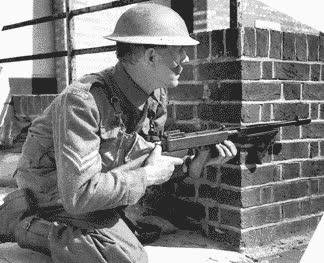
After meeting with retired Army officer and Thompson creator John Thompson, the Auto-Ordnance Corporation began offering Thompsons with Cutts Compensators. The first time Marines were issued Thompsons with Cutts Compensators was in the 1920s when they were assigned to protect civilian mail from Thompson-wielding gangsters.
This was also the introduction of the Thompson SMG to the Marine Corps and inspired the Cuttses to pitch the Thompson for use in Nicaragua where Marines were stationed at the time. Cutts Jr. bragged that he had an active agent pitching the Thompson and giving demonstrations to high-ranking officers. That agent was Victor Bleasadale, who was then a captain.
With that said, Bleasdale had advocated for the Thompson even before partnering with the Cuttses. It’s likely that the Cuttses learned about Bleasdale’s enthusiasm for the SMG and brought him in to help sell it to the Corps alongside the Cutts Compensator.
Cutts Sr. Jr. and Bleasdale became active advocates of the Thompson. They pitched it far and wide, even working it into Corps reports when possible. As the Thompson gained popularity, the three men shifted to promoting the advantages of using the Cutts Compensator on the Thompson. Cutts Sr. instructed both Cutts Jr. and John Thompson on how to exhibit the weapon and muzzle device. However, he was shrewd enough to know that a Marine shouldn’t present guns to the Army. Instead, he wanted the Army to “discover” it for themselves. It worked, and the Navy and Army both purchased Thompsons with Cutts Compensators in small numbers in 1928.
No Free Lunch
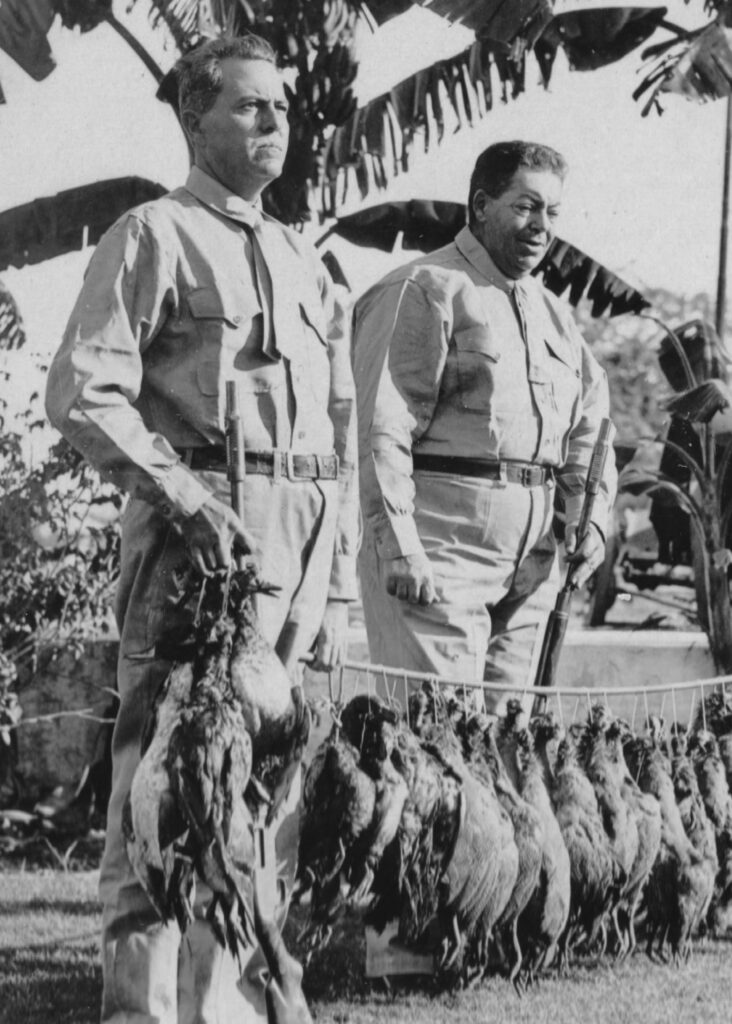
As the Cuttses became a force in the gun industry and the Thompson SMG was sold with their compensator, they were subject to Senate scrutiny. Cutts Sr. died before the Senate inquiry, so Cutts Jr. was left to testify. He was apt at answering questions and seemed to survive the process without much damage to his career as a Marine.
While the Cuttses and Thompson advocated for foreign sales, those were focused on allied – or at least not enemy – forces and didn’t sell compensators to Cuba.
Ultimately, the Cutts Compensator never became a massive success. The Marines, Army, and Navy adopted the compensator in small numbers, but the Thompson was already an expensive gun. When the Thompson was adopted, it was done as the M1 model and stripped of cost-adding features. Cutts Jr. received a fairly large settlement from gun maker H&R when they put a compensator on the Model 50 Reising SMG.
The story of the Cutts Compensator and the adoption of the Thompson is fraught with hints of possible corruption and conduct that seems unbecoming of Marine officers. Yet, there were ethical boundaries that the men didn’t cross, and the device was effective and could make the average troop a better fighting man.
When Chesty Puller was asked about the Thompson SMG, he said, “The man who gave it the biggest push was Bleasdale, Colonel Bleasdale.” Although the close-quarter jungle fighting in Nicaragua did call for something shorter than the big Springfield M1903 rifle that was used at the time, you can debate whether Colonel Bleasdale was thinking with his Marine Corps-crafted tactical brain or his pocketbook in promoting the Thompson.
Read more from Sandboxx News
- Delving into the military urban legend of stress cards
- What’s all the ‘Hot Fuss’ about? The 20th anniversary of The Killers’ debut classic
- The special operations that paved the way for D-Day
- Video: America wants to use drone swarms to control the skies
- Martha Gellhorn: The only woman present on D-Day
Related Posts
Sandboxx News Merch
-

‘AirPower’ Classic Hoodie
$46.00 – $48.00 Select options This product has multiple variants. The options may be chosen on the product page -

‘Sandboxx News’ Trucker Cap
$27.00 Select options This product has multiple variants. The options may be chosen on the product page -

F-35 ‘Lightning’ Framed Poster
$45.00 – $111.00 Select options This product has multiple variants. The options may be chosen on the product page

Travis Pike
Travis Pike is a former Marine Machine gunner who served with 2nd Bn 2nd Marines for 5 years. He deployed in 2009 to Afghanistan and again in 2011 with the 22nd MEU(SOC) during a record-setting 11 months at sea. He’s trained with the Romanian Army, the Spanish Marines, the Emirate Marines, and the Afghan National Army. He serves as an NRA certified pistol instructor and teaches concealed carry classes.
Related to: Gear & Tech, Military History
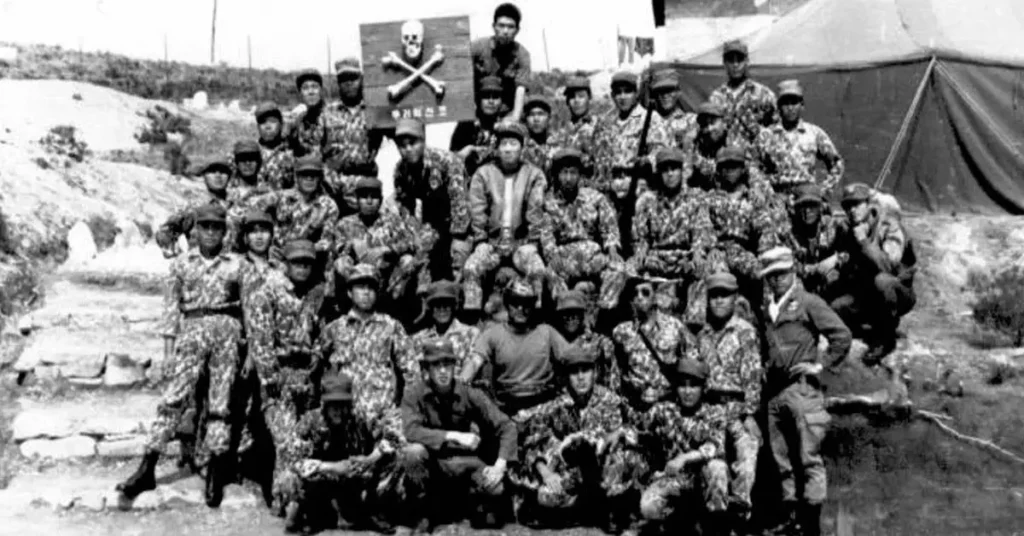
Unit 684 – The South Korean suicide squad with the tragic history

How troops survive long deployments at sea

Changing the Army’s mind: The M16’s long road to adoption
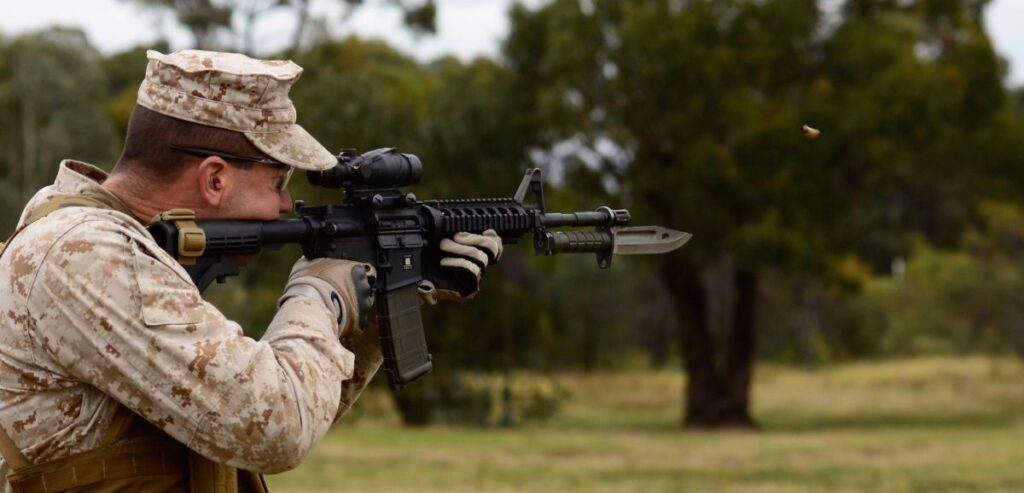
The M9 bayonet was dulled by its many problems
Sandboxx News
-

‘Sandboxx News’ Trucker Cap
$27.00 Select options This product has multiple variants. The options may be chosen on the product page -

‘AirPower’ Classic Hoodie
$46.00 – $48.00 Select options This product has multiple variants. The options may be chosen on the product page -

‘AirPower’ Golf Rope Hat
$31.00 Select options This product has multiple variants. The options may be chosen on the product page -

‘Sandboxx News’ Dad Hat
$27.00 Select options This product has multiple variants. The options may be chosen on the product page
